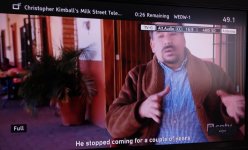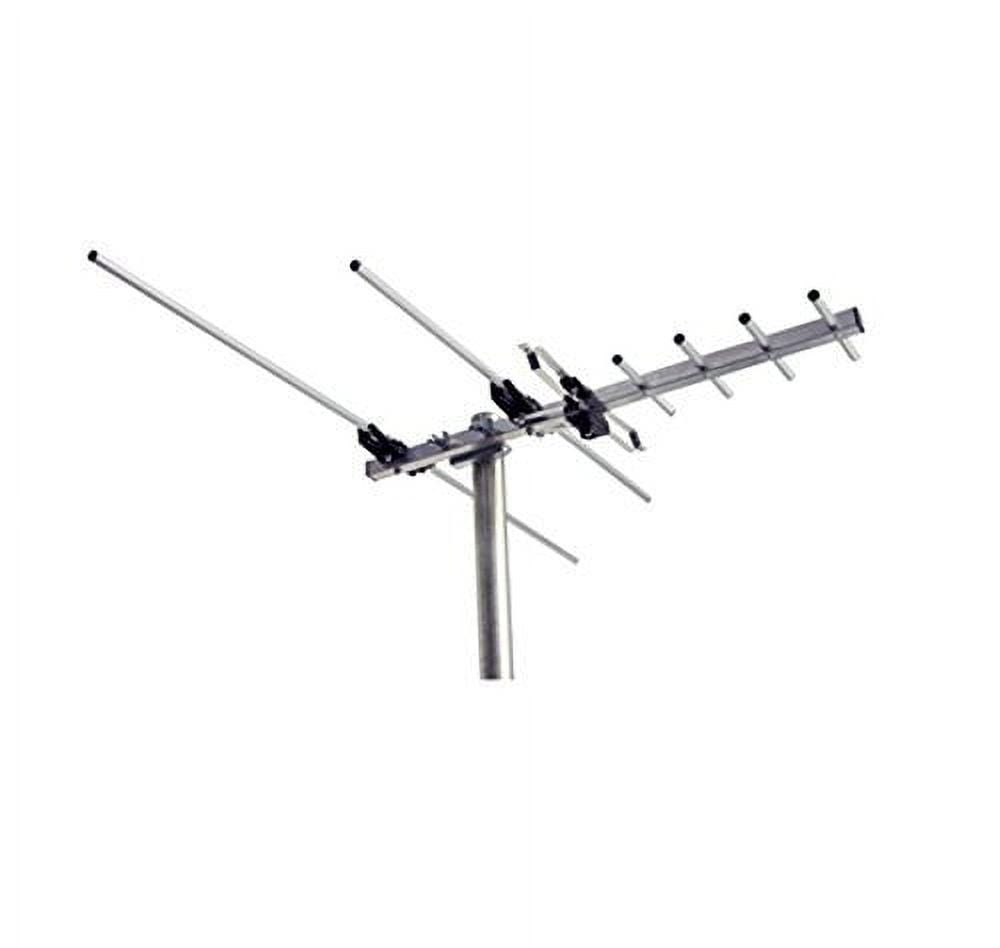Thanks Spongella, was hoping OTA TV would be brought up. Yes GMCLAM, you are right about about the clock ticking on OTA as we know it, as well.
There are a lot of people who have been misled to think they can't get any OTA, without a "digital" TV antenna. Frequently they buy a really cheap "discreet decor" flat panel, and then wonder why they can't get any stations. Some of those "antennas" have a piece of cardboard in them with solder traces smeared on as antenna elements.
Then there are a lot of younger people who can't get the concept of OTA (free) TV---they think if it is not internet/streaming or through the phone, somehow it can't work.
You guys are right about Winegard and some of the classic real tv antennas. They do an awesome job, and my experience with amps have been very positive as well; Kitztech KT200 here.
I have gifted some folks some small yagi-type antennas to allow them to get some free entertainment. This is a big deal to someone without internet and who have been frustrated with the performance of a cheap flat-panel antenna, resulting in missing many or most stations in the market.
The little RCA 754 (which goes by some other numbers 751,752) is flimsy, but has worked pretty well in some attic installs with an amp for some friends. It has the cheapest junk for a balun imaginable though, which needs substitution. One friend using it gets many stations from a difficult location, and a 1 edge station off the back side of it. We put the noisy, cheap ONN 13$ amp on it and she is very content with it. It only has a 12 foot coax run, so the Onn Amp worked well right at the TV. The amp added a significant number of channels. Exceeded the Rabbitears.info modeling prediction.
I like that YA -7000, but the nice low band element does limit it for some installs. I think one of those would be my solution with my real Channel 2 station here, only station in my market I can't get.
Until yesterday was using the RCA and a DB8-E 8 bay antenna, with a UVSJ coupler, and a Kitztech KT200 on to a 3 way splitter, all in the attic. The HVAC work going on here meant I had to move antennas around, so I hooked just the RCA into the amp, and still got my same 65 channels, including a 1 edge vhf signal at 50 miles. That vhf transmit antenna is on a 6000'+ mountain , though.
Looking for any input on a compact antenna, high VHF and uhf, for helping folks who need some TV. The RCA 751 and clones, as well as the Walmart antenna for $20 are both a tad short in boom length/ elements---maybe someone here knows of an antenna in the 45 inch boom length range that would be a step up, but not with the long element like the YA-7000?
The Walmart antenna I mentioned....I gave the same antenna, under another brand, to some friends, and they were pretty happy. They just watch PBS, and were able to get our state and an adjoining state for PBS, so they are pleased enough with it. Each state has some independent programming as well as main PBS channel.The one I gave them was slightly more solid than the RCA, but that is not saying much. I include the link for information, not really an endorsement, but it works.
Have a friend here who had an ancient Channel Master with a 72" boom or so on it. His Mom (RIP) had had it installed maybe 45 years ago. He wanted to get a new antenna, but I talked him into putting it in a better spot, re-cabling it, and the guy was able to get 80+channels, without an amp. His location is on a hilltop. He loves retro tv shows, so very pleased.
Here is the link to the offering from Walmart--it looks like the same antenna I gave to my friends. Once again, not an endorsement, but might help someone on a tight budget; not in the same class as a Winegard or Channel Master, etc. though. Yes, it is junk, and of course there is better, but for a $20 attic antenna might work for some. Attic install is very pleasing for the elderly.
Arrives by Thu, Jan 11 Buy Outdoor Compact Directional TV Antenna - High Gain - Up to 50 Mile Reception at Walmart.com
www.walmart.com
Wish I could give out some Televes antennas . Their uhf only amped antenna is close to the price of the RCA and a cheap amp! Their pricier models look like a good solution for most.....but do cost more.








